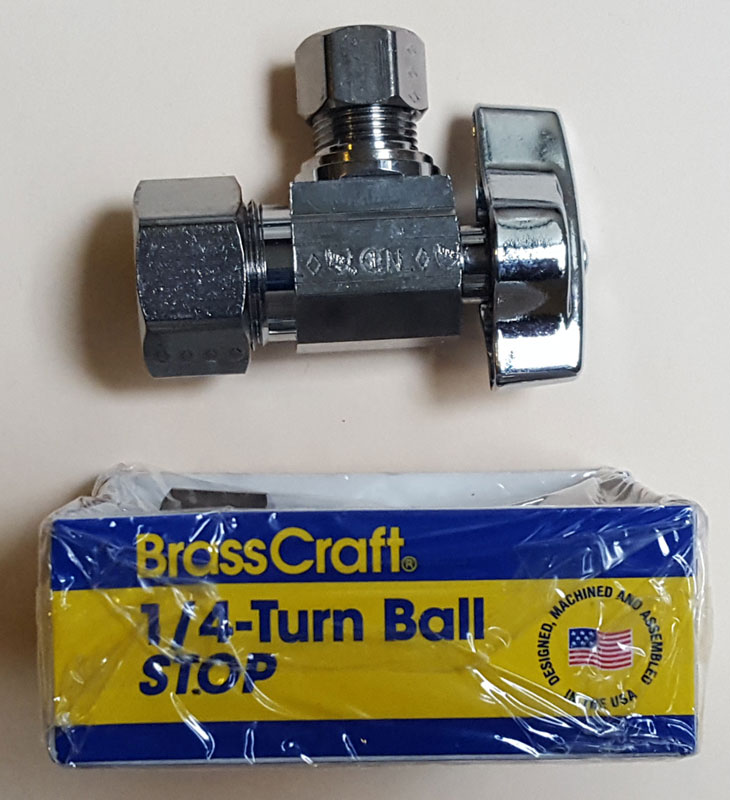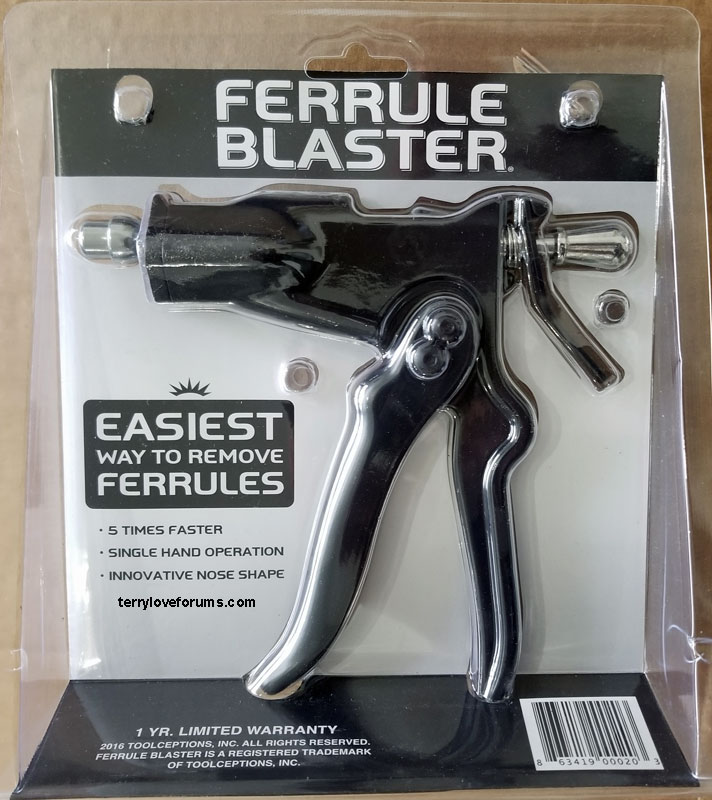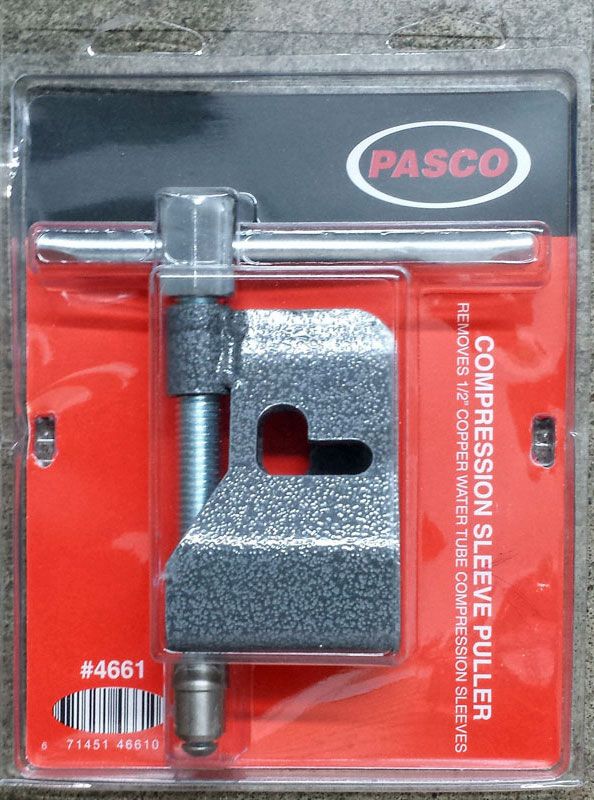Horseless Carriage
Member
So yesterday I watched a Youtube video to learn how to replace a toilet water supply valve (getting rid of the old one with a new quarter-turn valve). I disconnected the toilet supply line, used two wrenches to unscrew the compression nut, then pulled out the old valve. I screwed in the new valve and connected it to the old compression nut. Turned on the main water supply, turned on the new toilet valve, and it worked, supplying water to the toilet as it should, and not leaking.
I could not remove the old ferrule, or compression sleeve, or whatever it's called, it was stuck in there good, so I had to reuse the old ferrule and compression nut (I have since purchased a Superior Tool brand Plumber's Puller, which says that it can remove 1/2" copper compression sleeves). I also didn't have sandpaper at the time to clean the pipe with, or PTFE Thread Seal Tape to wrap around the 3/8" and 5/8" male threads.
Should I redo the job, making sure to use the new tool to remove the old compression sleeve (or ferrule, whatever the right name of it is) and compression nut, clean the pipe with sand cloth, tape up the male threads with the thread seal tape, and then put on the new ferrule and compression nut?
Or is it no big deal to leave it using the old compression sleeve/ferrule and compression nut, on an uncleaned pipe, with no tape on the male threads?
For reference, the old valve was not leaking and the male threads were not taped.
Thanks for any help!
I could not remove the old ferrule, or compression sleeve, or whatever it's called, it was stuck in there good, so I had to reuse the old ferrule and compression nut (I have since purchased a Superior Tool brand Plumber's Puller, which says that it can remove 1/2" copper compression sleeves). I also didn't have sandpaper at the time to clean the pipe with, or PTFE Thread Seal Tape to wrap around the 3/8" and 5/8" male threads.
Should I redo the job, making sure to use the new tool to remove the old compression sleeve (or ferrule, whatever the right name of it is) and compression nut, clean the pipe with sand cloth, tape up the male threads with the thread seal tape, and then put on the new ferrule and compression nut?
Or is it no big deal to leave it using the old compression sleeve/ferrule and compression nut, on an uncleaned pipe, with no tape on the male threads?
For reference, the old valve was not leaking and the male threads were not taped.
Thanks for any help!
Last edited:



